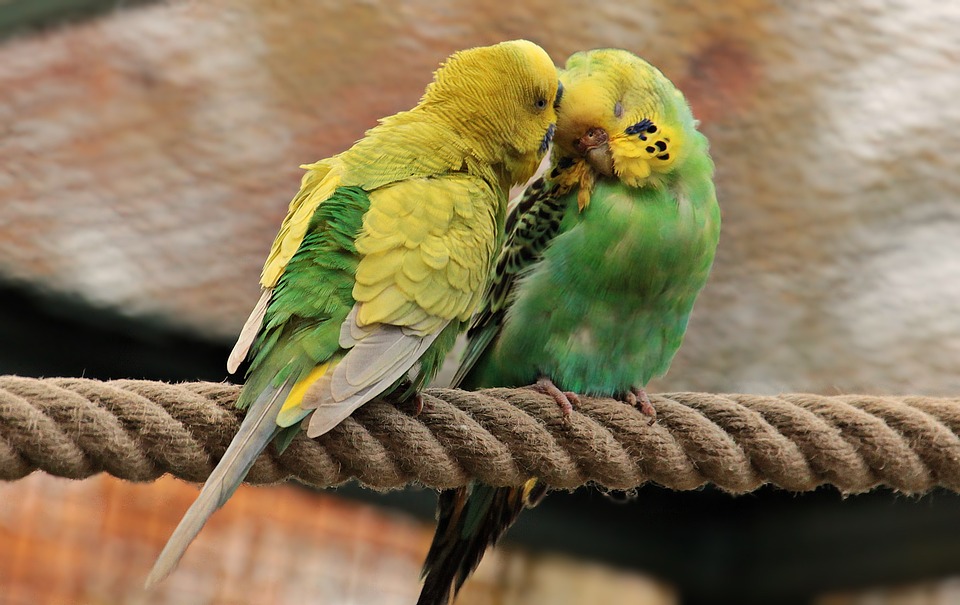Parrot training can be a challenging task, especially when distractions come into play. However, with the right techniques and strategies, you can tackle these distractions and ensure a focused and well-behaved parrot. In this article, we have explored effective ways to address distractions using positive reinforcement, providing you with the tools to master parrot training.
First, it is important to understand the concept of positive reinforcement and its role in parrot training. Positive reinforcement involves rewarding desired behaviors to encourage their repetition. It is crucial to use rewards and motivation to shape the behavior you want from your parrot. This approach differs from punishment-based training methods, which can have negative consequences and should be avoided.
Next, it is essential to identify common distractions that may hinder your parrot’s training progress. These distractions can come from the environment, such as loud noises or visual stimuli, or they can be behavioral distractions like biting or squawking. Recognizing these distractions is the first step in addressing them effectively.
To create a distraction-free training environment, it is necessary to establish a dedicated space for your parrot’s training sessions. This space should be free from external stimuli that may divert your parrot’s attention. Additionally, strategies can be implemented to reduce distractions from other pets or family members during training sessions.
Gradual exposure to distractions is another effective strategy. By introducing distractions in a controlled manner during training sessions, you can help your parrot learn to focus and maintain attention. Start with less challenging distractions and gradually increase the difficulty level. Throughout the process, positive reinforcement should be used to reinforce focus and attention amidst distractions.
Reinforcing desired behavior promptly and consistently is crucial for effective training. Utilize a variety of positive reinforcement techniques such as treats, praise, and clicker training. Shaping behavior through successive approximation is also effective in training your parrot to overcome distractions.
As your parrot progresses in training, it is important to fade out rewards gradually. This promotes intrinsic motivation and helps your parrot rely less on external rewards. Transition from continuous reinforcement to intermittent reinforcement, maintaining a balance between rewards and intrinsic reinforcement.
In the FAQs section, we addressed common concerns related to distractions during training. It is important to ensure your parrot’s basic needs are met and gradually desensitize them to distractions. Punishment-based training methods should be avoided, as they can lead to negative behavioral issues. The time required to overcome distractions varies for each parrot, but with consistency and practice, your parrot will learn to focus even in distracting environments.
Finally, remember that patience and persistence are key in parrot training. By utilizing positive reinforcement techniques and implementing the strategies discussed in this article, you can effectively address distractions and cultivate a stronger bond with your parrot. A distraction-free environment will help foster a well-behaved and focused parrot.









